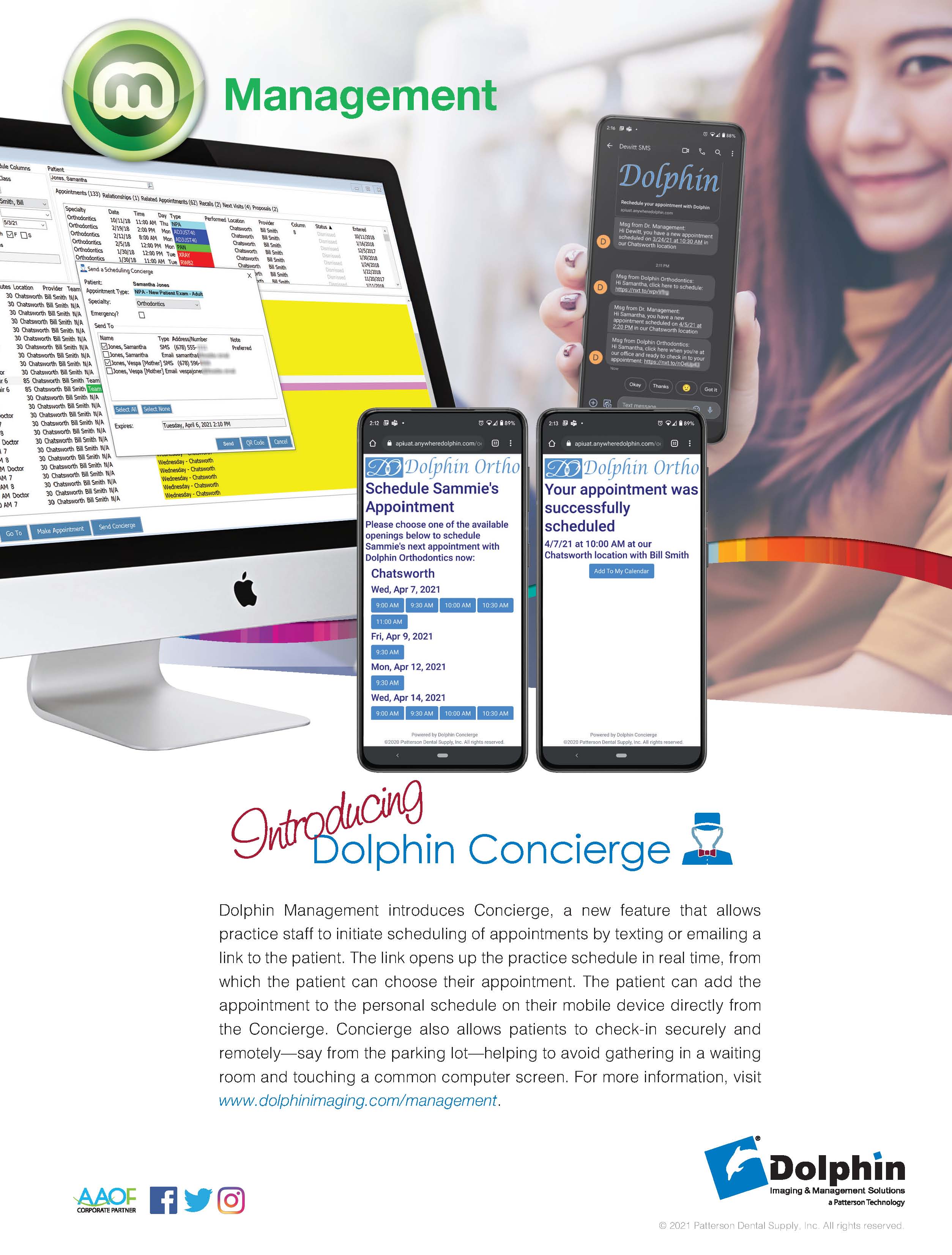The concept of torque has a somewhat different meaning in orthodontics than in general usage. In the vernacular, torque is any force that induces an object to spin. Think of a wrench. You fit the head of the wrench on a nut and push on the handle (the lever arm); if you push hard enough to overcome the forces opposing rotation of the nut, the nut spins. In orthodontics, the term takes on a different spin, if you will pardon my intentional pun. It is hard to find a precise definition of orthodontic torque, but according to Graber’s Orthodontics: Current Principles and Techniques, “a torquing movement of a tooth involves tipping of the apex.”
Like many old-timers, I learned early in my orthodontic education about 1st-order, 2nd-order, and 3rd-order movements—terms with an almost mystical air. The first order, we were taught, involved bodily movement of a tooth, as with intrusion, extrusion, or translation. Second-order movements were all mesial-distal tipping, where the root tip moved very little, simply pivoting about a center of rotation not far up the root from the tip. Third-order movement was the mysterious “torque.” I remember my first biomechanics lecture in which these terms were introduced, defined, and exemplified. When the professor got to 3rd-order movements, he exclaimed, “When you think of torque, think of the word insidious!” This sounded ominous and somewhat frightening to our innocent ears. His implication was that if you, as the doctor, do not take immediate and complete control of torque from the outset of a case, it will certainly sneak up on you, making it much more difficult to finish the case with excellent results.
The advent of the preadjusted appliance, in which tip and torque are milled into the brackets rather than bent into the wires, made torque control much simpler. Shortly after the appearance of these straightwire appliances on the market, the lingual appliance was introduced. Lingual brackets had an immediate appeal because adults with malocclusions and “crooked” teeth could be treated without appearing to wear braces, which had an adolescent connotation. Unfortunately, the actual clinical results achieved by most orthodontists left a lot to be desired. When clear aligners were developed, lingual appliances fell out of the armamentarium of most American orthodontists. Since then, lingual systems have maintained a substantial following outside the country, for reasons unknown to me, as well as a small cadre of loyal followers in the United States. When asked why they abandoned lingual treatment, U.S. orthodontists generally respond that it was practically impossible to manage the biomechanics of the available lingual appliances. If I inquired further, it became obvious to me that the insidious nature of torque—as was pounded into my head during my first biomechanics course—was the issue. The challenge was thus to develop a preprogrammed lingual appliance with 1st-, 2nd-, and 3rd-order movements all built into the prescription.
In this issue of JCO, Drs. Enrico Albertini, Paolo Albertini, Luca Lombardo, and Giuseppe Siciliani of the University of Ferrara, Italy, present two complex extraction cases treated with just such an appliance. The first patient was a young adult female with a high-angle skeletal Class II and crowded dental Class I malocclusion. The second was a young adult male with a similar diagnosis. Both asked for esthetic treatment, and the second case also involved maxillofacial surgery. Looking at the facial and intraoral photographs of these two cases, I am quite sure that I would have had a difficult time finishing them to such a high standard using any appliance, let alone a lingual one. The authors demonstrate conclusively that excellent outcomes, both functional and esthetic, are entirely possible with a lingual appliance, given appropriate diagnosis, treatment planning, and clinical implementation. This includes control of that insidious torque. Enjoy!
RGK



COMMENTS
.